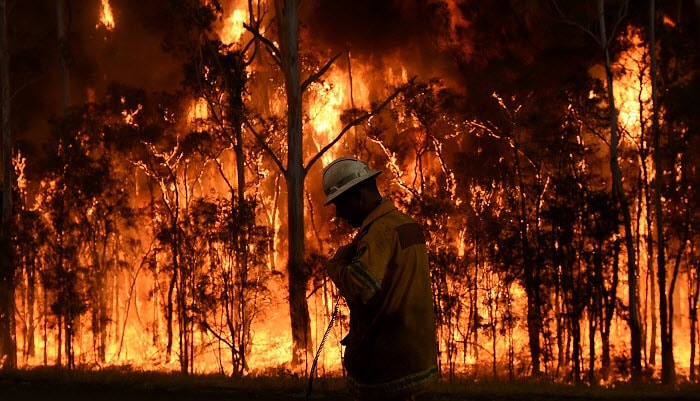BAL Report Fundamentals: Crucial Information for Homeowner
BAL Report Fundamentals: Crucial Information for Homeowner
Blog Article
How BAL Record Impacts Shrub Fire Security Actions
In the realm of bush fire security, the Structure Strike Level (BAL) report stands as an essential device that substantially influences the safety and security and strength of homes in fire-prone areas - BAL Report. The influence of a BAL evaluation prolongs far past mere paperwork; it works as the foundation for figuring out the ideal building and construction criteria and fire protection procedures required to alleviate the threats posed by bushfires. As communities face progressively serious fire seasons, recognizing how the BAL record forms these protective steps comes to be vital for policymakers, building contractors, and homeowners alike
Understanding the Bushfire Assault Degree

Significance of BAL Report Evaluation

Moreover, the BAL report assessment works as a fundamental action in abiding by legal obligations and needs associated to bushfire protection. Regional councils and authorities frequently mandate the submission of a BAL report as part of the planning and building authorization process to make sure that residential or commercial properties are effectively protected against bushfire threats. Stopping working to carry out a complete BAL report evaluation can lead to insufficient protection procedures, leaving residential properties vulnerable to devastating bushfire events.
Building Specifications Based on BAL
A thorough understanding of the Bushfire Attack Level (BAL) allows homeowner to execute building criteria tailored to their specific threat profile. Construction requirements based upon BAL are crucial in minimizing the impact of bushfires on homes. The BAL rating classifies the possible risk a residential or commercial property faces throughout a bushfire on a scale from BAL-Low to BAL-FZ (Fire Area) Each BAL degree matches to particular construction needs detailed in the Australian Conventional AS3959-2018 Construction of Buildings in Bushfire-Prone Areas. Buildings identified as BAL-Low might only need standard actions such as removing debris and maintaining yards, while those in higher BAL groups require even read this article more robust measures like coal screens, fire-resistant materials, and sealed home windows. Complying with these building and construction standards not only improves the architectural durability of the home yet additionally enhances the overall security of citizens throughout a bushfire event. As a result, residential property proprietors have to meticulously consider their BAL rating and adhere to the equivalent building and construction standards to adequately secure their homes and passengers.
Applying Fire Protection Procedures
With the foundation of building standards based on Bushfire Assault Degree (BAL) in place, the focus currently shifts towards the useful implementation of fire security actions to strengthen residential or commercial properties versus bushfire threats. Passive procedures consist of making use of fire-resistant structure materials, mounting coal guards on vents, securing spaces in wall surfaces and roofing systems, and maintaining a clear room around the home totally free from flammable greenery. By incorporating both passive and active approaches, residential or commercial properties can significantly minimize their susceptability to great site bushfire cases and enhance the safety and security of owners.
Safeguarding Houses Versus Bushfires
Successfully protecting homes versus the damaging impacts of bushfires needs a aggressive and comprehensive strategy to fire security procedures. Additionally, sealing vents and spaces to stop ash breach, as well as incorporating fire-resistant doors and home windows, can assist strengthen the home's defense versus bushfires. By embracing an aggressive stance and incorporating these safety procedures, property owners can dramatically boost their chances of securing their homes versus bushfires.
Final Thought
In verdict, the Bushfire Strike Level (BAL) report plays an important duty in identifying the needed protection measures versus bushfires. Executing fire security actions based on the BAL record is vital in protecting homes from possible bushfire hazards.
In assessing bushfire threat to buildings, comprehending the Bushfire Attack Level (BAL) is a critical component for carrying go out efficient protection measures. Generally, a clear understanding of the Bushfire Strike Level is important for carrying out appropriate defense measures and mitigating the effect of bushfires on properties.

Report this page